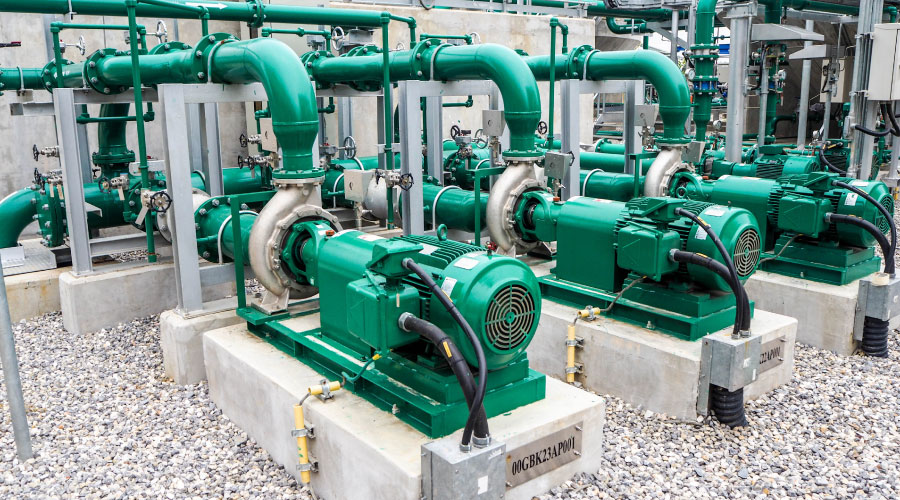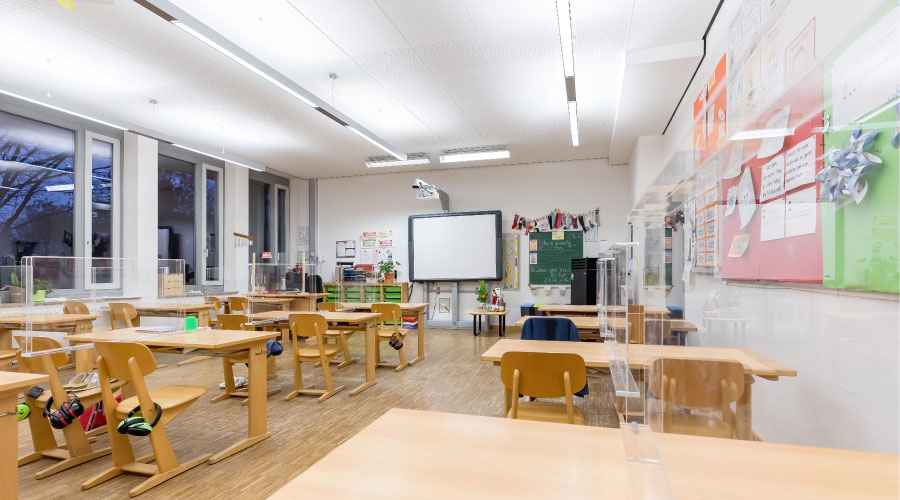Critical Operations: Laboratories and Energy Savings
Critical operations have become key areas within many institutional and commercial facilities, whether they are data centers, laboratories, or hospitals. A growing concern for many maintenance and engineering managers is energy efficiency in these areas. The challenge is ensuring these critical areas operate reliably and that they do not waste energy.
Laboratories offer managers a unique opportunity to address both issues. Looking for energy savings in laboratory spaces typically is a last resort because the process for implementation often is slower, and they present several difficulties due to the nature of the systems involved. When making the decision to investigate energy savings potential in laboratories, managers need to contend with several issues, including the age of the systems, the capabilities and expandability of installed controls, staff operations and training, and environment health and safety department (EHS) codes.
A number of lessons learned from commissioning numerous laboratory facilities can help managers make more effective decisions regarding energy efficiency.
Low-Hanging Fruit
First, let's review parameters that are considered typical for a laboratory. The systems often include a fume hood and a separate exhaust-air valve (EAV) that exhausts to a dilution exhaust fan (DEF) header system. A makeup-air unit (MAU) feeds a supply-air valve (SAV) with a reheat coil. This facility has 10 laboratories connected to the system — five laboratories on one side of a corridor and five on the opposite side. All are negatively pressurized to the corridor.
In terms of energy use, the first and easiest issue to investigate is whether the fume hoods are constant volume or variable volume based on the sash open face area or the differential pressure of the fume hood. This is typically found in older laboratories and likely requires control upgrades and an investigation into whether the hoods can change to variable air volume (VAV) and operate safely.
Some fume hoods designed for constant-volume applications can be modified per manufacturer's instructions and parts to upgrade to VAV scenarios. VAV fume-hood control upgrades can save energy, since the system does not lose as much make-up or supply air through the exhaust when the sash is closed. This will require other control scenarios for flow tracking or differential-pressure control, since the exhaust now can vary.
Most laboratories perform a flow-tracking scenario with the controls, and an offset setpoint maintains space pressurization. With the fume hood sash fully closed, this should be the point at which the system uses the least amount of energy.
If the EAV maintains pressurization when the sash is closed on the fume hood, the energy in to the energy out never changes. The only thing that changes is from where the exhaust was taken. This occurs in constant-volume laboratory systems.
The energy opportunity in these systems is to allow the SAV to vary based on temperature and pressure. When the sash is closed and the fume hood is at its safest operating condition, the make-up air to the space can vary in order to maintain temperature while the EAV can modulate to maintain the pressurization setpoint.
Operators typically can achieve this scenario by editing control programming, but for control systems that have canned terminal-unit programming, this might result in a controls upgrade. The other benefit changing from a variable-volume supply to a constant-volume system is that the system can reheat based on more diversity. Bringing the supply volume down allows the reheat to condition the space at a lower water flow.
Related Topics:













